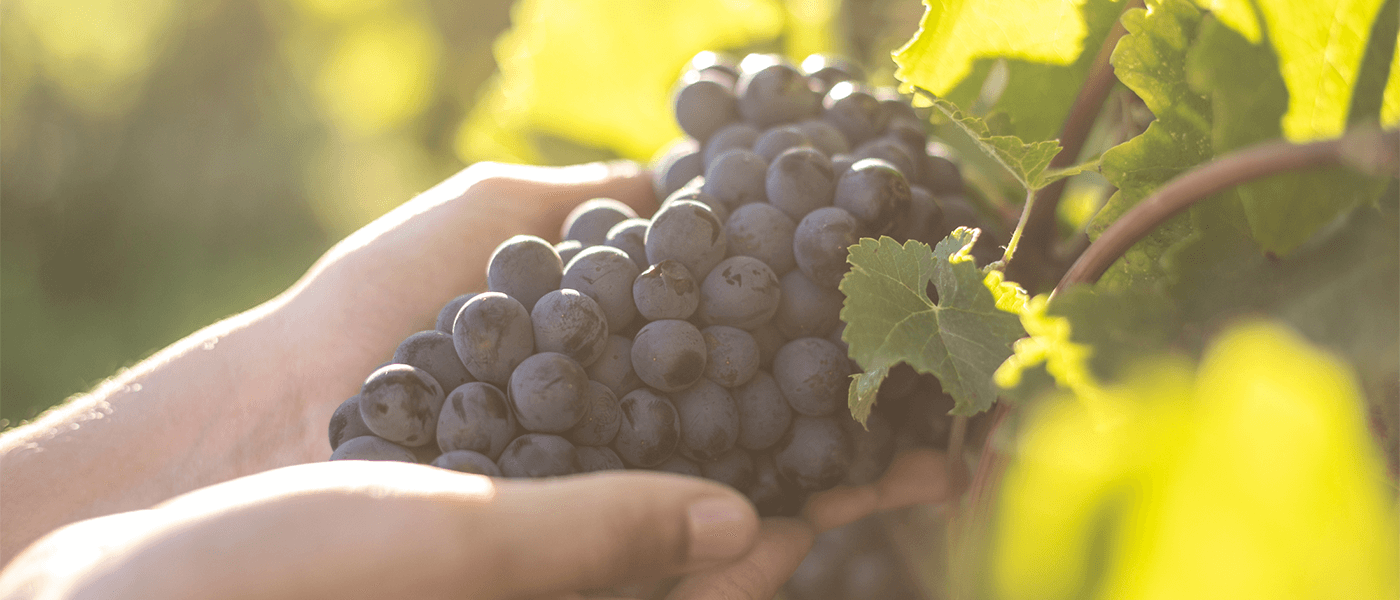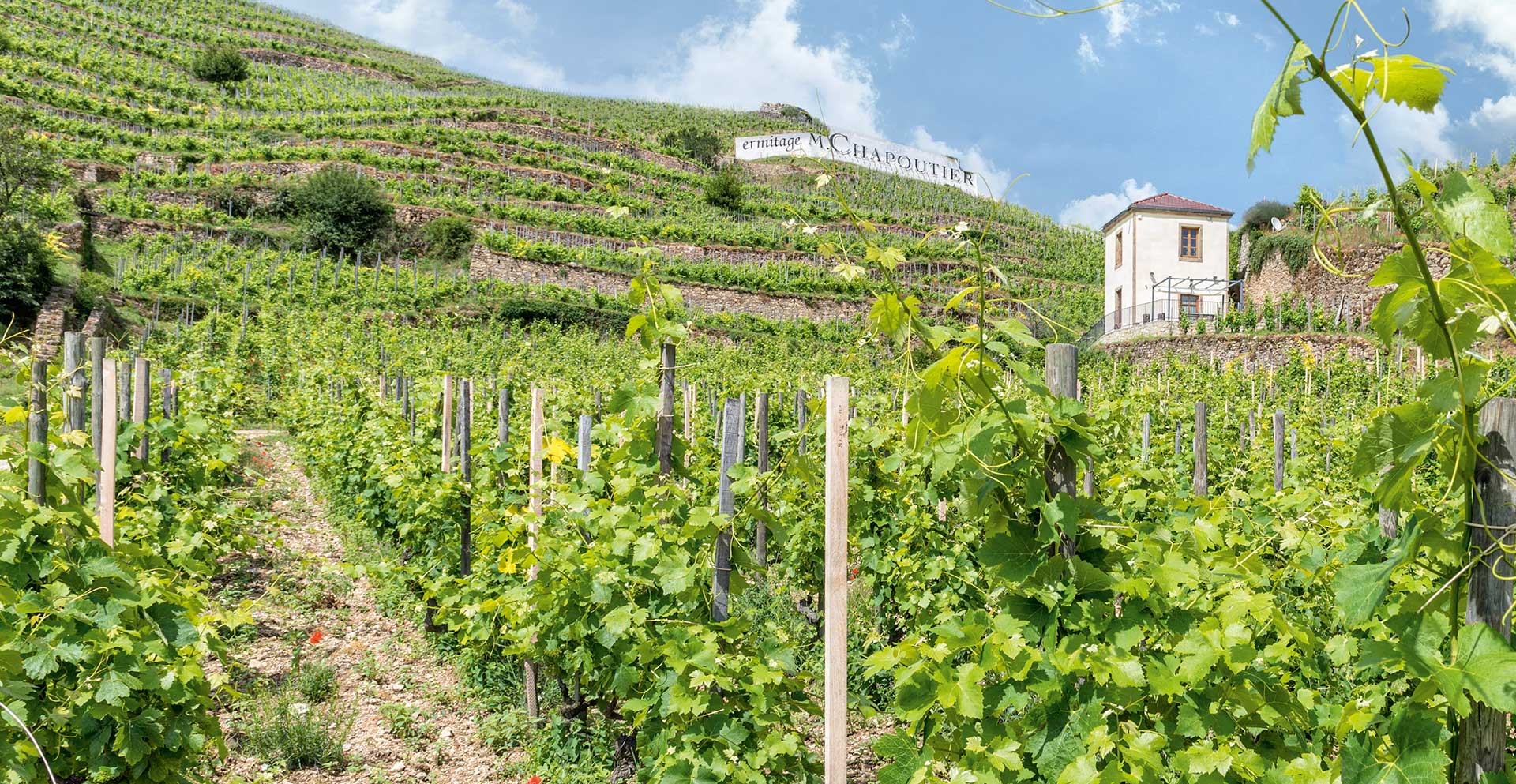Syrah and the Terroir angle
In the vineyard
29 January 2025

Syrah is very much in evidence at M. CHAPOUTIER. It is a typical Rhône Valley grape variety, favoured for our red wines and the main one used in our Sélections Parcellaires. There are two main families of Syrah soils in the northern Rhône Valley: sedimentary soils and granitic soils, and the resulting wines are completely different.
On a sedimentary-soil Terroir, Syrah reveals a fleshy, rather opulent side, flashy some might say. The wines express themselves easily early on. Crozes-Hermitage in particular is produced in such soils. A little further on, in the Ermitage appellation, the soils are relatively rich, which brings out more aromatic, more “fleshy” intensity. These wines include Le Méal and Les Greffieux.
In contrast, a granitic-soil Terroir is sandier (after decomposition of the granite) or very stony. Here, the vines have to struggle, with few elements to draw upon. They protect what is precious to them: their grapes. The result is a higher concentration of tannins. The wines become more austere and full-bodied, requiring patience. But when the winemaker does his job well, the wines age exceptionally well and flourish. People like the noble austerity typical of granite Terroirs.
On the top of the Hill, L’Ermite, in the Ermitage AOC, comes from on of these very poor, shallow Terroirs. Freshness and exceptional salinity are its hallmarks. Below, the Bessards hillside features slightly decomposed granite. Le Pavillon comes from here, a full-bodied wine of character, perfect for ageing.


